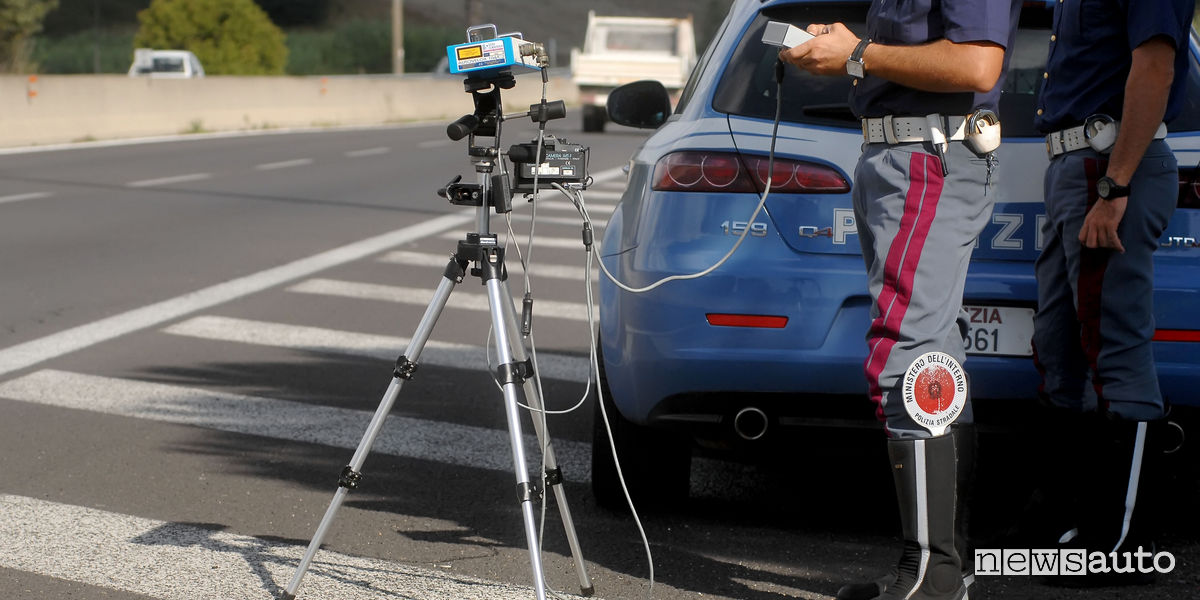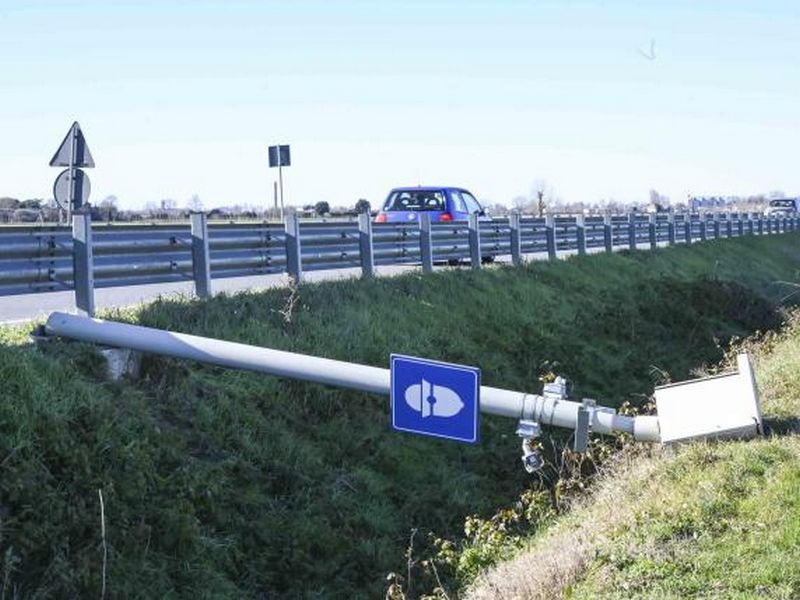The Ministry of Transport, led by Matteo Salviniis preparing a decree to regulate the Speed Cameras. This is an inter-ministerial decree which also involves the departments of the Interior and Infrastructure, with the aim of imposing stricter rules and detailed information about the detectors for prevent abuse by some Municipalities that use fines as a source of income. This provision, awaited for 13 years based on the law 120/2010is expected to be issued within a couple of weeks.
Speed cameras prohibited
According to initial rumours, the decree will better regulate the placement and the use of speed cameras. In particular, it is expected that ban on installing speed cameras in urban areas where the speed limit is less than 50 km/has for example in Zone 30 of Bologna.
Outside city centres, however, the use of detectors will only be permitted if the speed limit established by the road manager is not reduced by more than 20 km/h compared to that provided for by the Highway Code for that type of road. For example, on main extra-urban roads, where the speed limit is 110 km/hspeed cameras can only be installed if the limit established by the operator is at least 90 km/h.
Distance between 2 speed cameras
The decree on speed cameras also aims to regulate more precisely the cases in which the Police they will be able to send the notification of the report home instead of stopping the motorist on site. The sections of road for the installation of speed cameras will be identified by Prefectwith correct distance between signals and devices.
One will be introduced minimum progressive distance between the speed cameras themselves, depending on the type of road (at least 1 km before outside of built-up areas).

Furthermore, devices on board vehicles in movement can be used without immediately stopping the driver only if it is not possible to install fixed or mobile stationsand in any case they must be recognizable and not “invisible”.
Speed camera approval
In the provision that regulates the use of speed cameras, a rule is included onapproval and on the approval of the devices, which has generated an increase in appeals and has increasingly led to the cancellation of speeding fines. Furthermore, an amendment was approved which provides for a “discount” on sanctions: if they are received multiple fines for speed cameras on the same road sectionwithin an hour and by the same institution, you pay a single sanctionthe most serious one increased by a third, if more favourable.
Rules against the wild use of speed cameras
The objective of this reform on speed cameras is to eliminate wild fines, as also denounced by Fleximan. According to 2023 data, penalties for violating the Highway Code generated a increase in collections for Italian municipalitiesreaching beyond 1.53 billion euros, an increase of 6.4% compared to 2022 and 23.7% compared to 2019.
This represents a significant financial contribution for entities often in economic difficulty, which limits their investments in road infrastructure and on safety. In fact, according to data on fines in 2023, a large part of the proceeds from fines is not used to comply with the obligations established by the Highway Code, but to finance other initiatives.

Although the Highway Code provides that the 50% of the proceeds of the fines is intended to raise awareness of road safety and that the proceeds deriving from speeding fines are reinvested in works to improve road infrastructure, a recent report ofAsaps and of theLorenzo Guarnieri Association highlights that Municipalities often allocate the proceeds of fines to other purposes.
For example, in 2022, the first 14 Italian cities by number of inhabitants they have collected overall 549 million eurosof which only a small part was allocated to road safety education.
Read also:
→ Bologna speed limit of 30 km/h
→ Speed limit 30 km/h, maximum and minimum
→ Fleximan the latest news
→ Read other related topics
→ What do you think? Drop by discussions on the FORUM!
#Speed #cameras #prohibited #city #kmh

